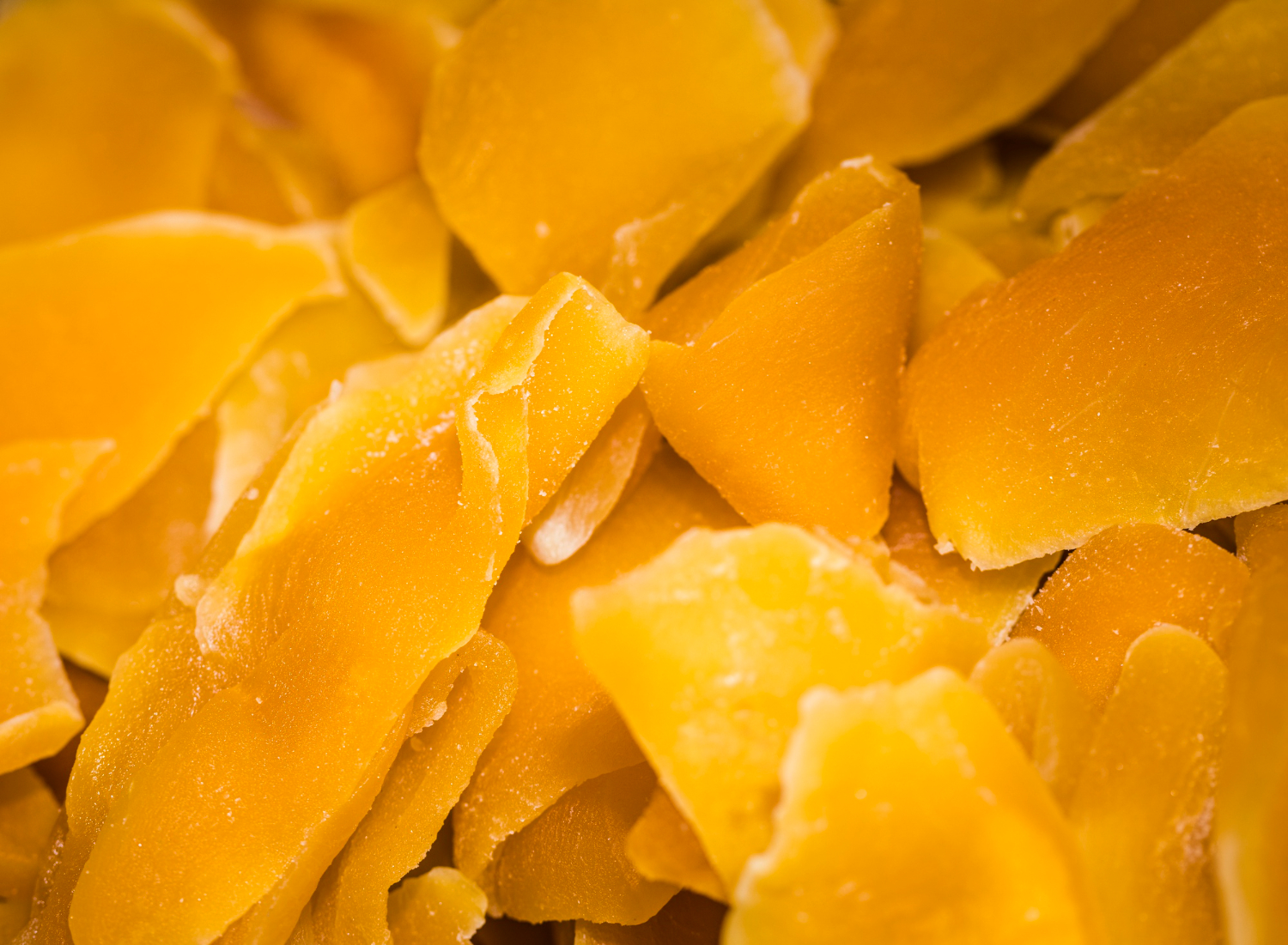Jackfruit Processing, with its sweet and distinctive flavor, can be processed into various forms to unlock its culinary versatility. Here’s a guide to processing jackfruit using active voice

Step
- Selecting Ripe Jackfruit: Choose a ripe jackfruit that has a yellowish color, emits a sweet aroma, and feels slightly soft when touched. Avoid jackfruits that are overly ripe or have signs of mold.
- Cutting and Preparing: Use a sharp knife to cut through the thick and spiky outer skin of the jackfruit. Remove the skin and separate the flesh into individual bulbs or segments. Remove the seeds if desired.
- Fresh Consumption: Enjoy the fresh jackfruit bulbs as a sweet and juicy snack. The flesh can also be added to fruit salads, smoothies, or used as a topping for desserts like ice cream.
- Canning: Cook the jackfruit flesh in a sugar syrup until it becomes soft and tender. Pack the cooked jackfruit into sterilized jars, cover with the syrup, and seal tightly. Canned jackfruit can be enjoyed as is or used in various recipes.
- Freezing: Cut the jackfruit flesh into small pieces and freeze them for long-term storage.
- Jackfruit Pulled “Pork”: Cook the jackfruit flesh in savory spices and sauces to create a vegetarian or vegan alternative to pulled pork. The fibrous texture of jackfruit mimics the texture of pulled pork when cooked, making it a popular meat substitute.
- Jackfruit Chips: Slice the jackfruit bulbs into thin pieces and deep-fry or bake them until crispy. Jackfruit chips make a delicious and healthy snack.
- Jackfruit Seeds: Boil or roast the jackfruit seeds until they become tender.
Processing jackfruit allows you to explore its various culinary applications and enjoy its unique flavor and texture. From fresh consumption to canning and creative cooking, the possibilities with jackfruit are endless
